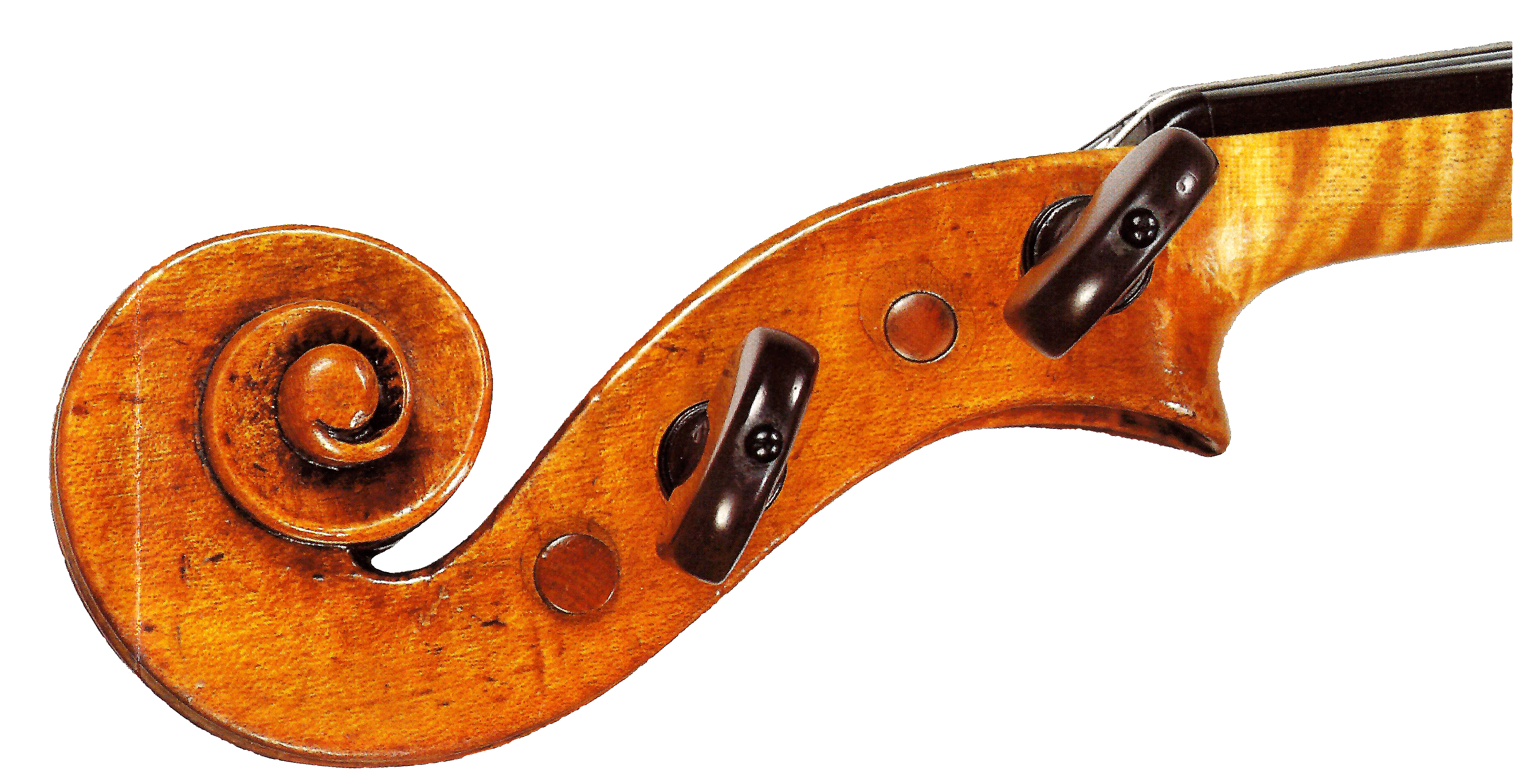
Old Time Fiddle Tunes
About Old Time Tune Transcriptions
Guidelines, not Gospel
OT music is not Bach, where every note must be played and bowed as written, or you will be shamed out of the orchestra. Playing the exact note is not important, especially in a jam setting. The great fiddlers do not play a tune the same way every time. Even so-called "standards" are played in a different signature style by each fiddler. As the saying goes - "if you play the wrong note and it sounds good - that's harmony, if it sounds bad - that's jazz."
The Limitations of Notation
Notating a tune helps me to remember it. It's a bit like putting that boring professor's lecture notes into in my own handwriting. However, a transcription is at best a single frame snapshot, an imperfect attempt to approximate a complex aural tradition. The printed notes are only about half of the tune, the rest includes bowing, rhythm, emphasis and variations. It is impossible to notate all the possible variations and nuances of old time fiddling in one written page. Just as taking someone's picture does not require them to always wear the same clothes, a transcription is not meant to freeze the tune for all time. Many excellent fiddlers do not even read music.
Attribution
Most of these tunes are traditional. For those tunes, I try to acknowledge the performer of the notated version and if possible where they got it. To avoid excess verbiage, I indicate just the name of the player. "As played by" is implicit. If there is a known composer, I attempt to be faithful to their version. "by" preceding the name indicates the composer.
Learning by Ear
In my humble opinion, the best way to learn a new tune is by ear. I will play along to a recording until I can remember the tune. I may slow the recording down (using one of several available software tools) until I can figure it out. I refer to the sheet music only if I get stuck. The internet is an amazing source of recordings and YouTube videos. You can also make your own high quality field recordings at jams or lessons using a handheld mp3 recorder.
I firmly believe that playing only from sheet music is a form of learned helplessness. It is like using GPS in your car - it usually gets you there, but you won't remember how you did it. If you challenge your ear, it will develop. You do not know a tune until you have forgotten it at least 3 times. Unfortunately, there is no substitute for repetition, no easy shortcuts, and no substitute for repetition.
Bowing
For the most part, I do not attempt to show bowings. Bowing is highly subjective and personal choice and is what gives lift and drive to a tune.
Copyright Issues
I offer these notations as free, single downloads for your personal use. However, I ask that they not be cloned, copied or included in other collections without my permission. A hardcopy book containing 522 old time fiddle tunes from this website is available at a modest price. Ordering Information.
Sincerely,
John Lamancusa